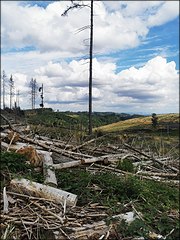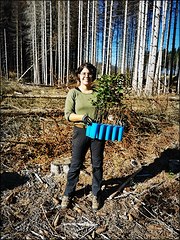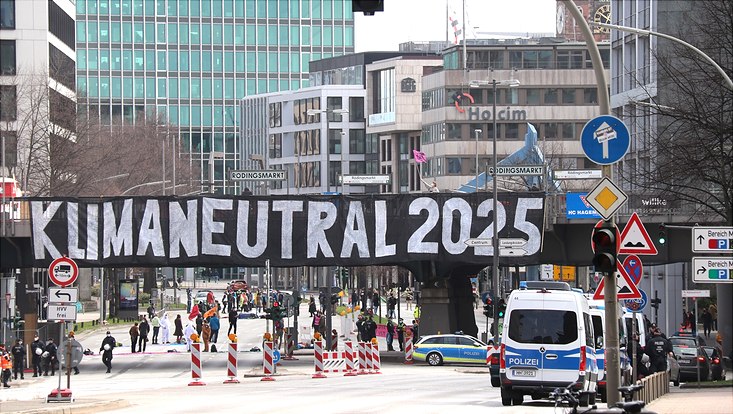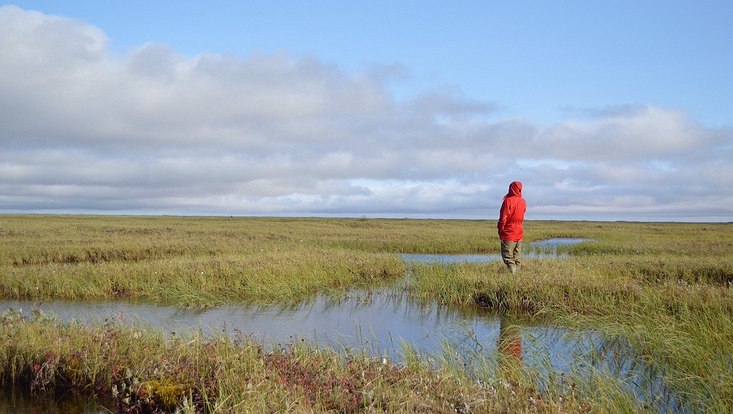and Society (CLICCS)
Inga Janina Sievert on pursuing her doctorate during the pandemicAnthropological Research in India and the Harz
26 October 2021, by Inga Janina Sievert

Photo: Unsplash/Rajat Sarki
Many of the University’s scientists pursue research not only in Hamburg, but also in various parts of the world. However, the pandemic has made this almost impossible. In anthropology it’s common practice to spend several months researching in the field, normally focusing on a particular region. During my bachelor’s program I had Indian Studies as a minor and learned Hindi. For my master’s thesis, I spent four months living in a suburb of New Delhi that was founded by Tibetan refugees, where I worked on the question of what makes a given place feel like home. And for my doctorate, I planned to return to India.
In a subproject at the Cluster of Excellence CLICCS, we are investigating what people in various parts of the world think about the future climate, what developments they feel are possible, and what actions they are taking based on their expectations. I had planned to travel to Darjeeling last year, and to accompany tea farmers on the plantations there for twelve months. Tea is a good indicator of climate changes, since its flavor is now changing, and harvests are dwindling due to more frequent weather extremes. This would have been a fascinating research area, but the pandemic dashed those hopes. For anthropological research you have to be there on site, to establish contacts and build trust – and that will be difficult in India for the foreseeable future.
In Saxony-Anhalt I’m using the same methods as planned for Darjeeling

Therefore, in fall 2020 I reorganized my project – moving it from India to the Harz. This region is particularly hard hit by forest dieback, and decisions on what to plant today will have a major impact on future generations. In rural Saxony-Anhalt I’m using the same methods as I planned to in India, namely observing the participants. To do so, I accompany my research partners in their daily work and help them with their tasks. In the spring I spent a month near Wernigerode, preparing for the project, and then in June I began a longer research phase there.

I will tentatively stay for ten months, working closely with foresters and employees of the national park. I mainly meet them in the forest, which I would have wanted to do even if there weren’t a pandemic – after all, that’s where they actually work. By doing so I hope to identify the role that changes in the forest and climate play for the people in the region.
It’s a pity that the project in India didn’t work out. But what I like most about anthropological research is working so closely with people – and I can do that in the Harz, too. If the alternative would have meant having to work digitally for who knows how long, then this option is fine by me.
19NEUNZEHN
This article was recently published in issue 17 of the university magazine 19NEUNZEHN for the winter semester 2021/22. You can find the complete current issue, and an archive of back issues, on the magazine’s website (German only).


